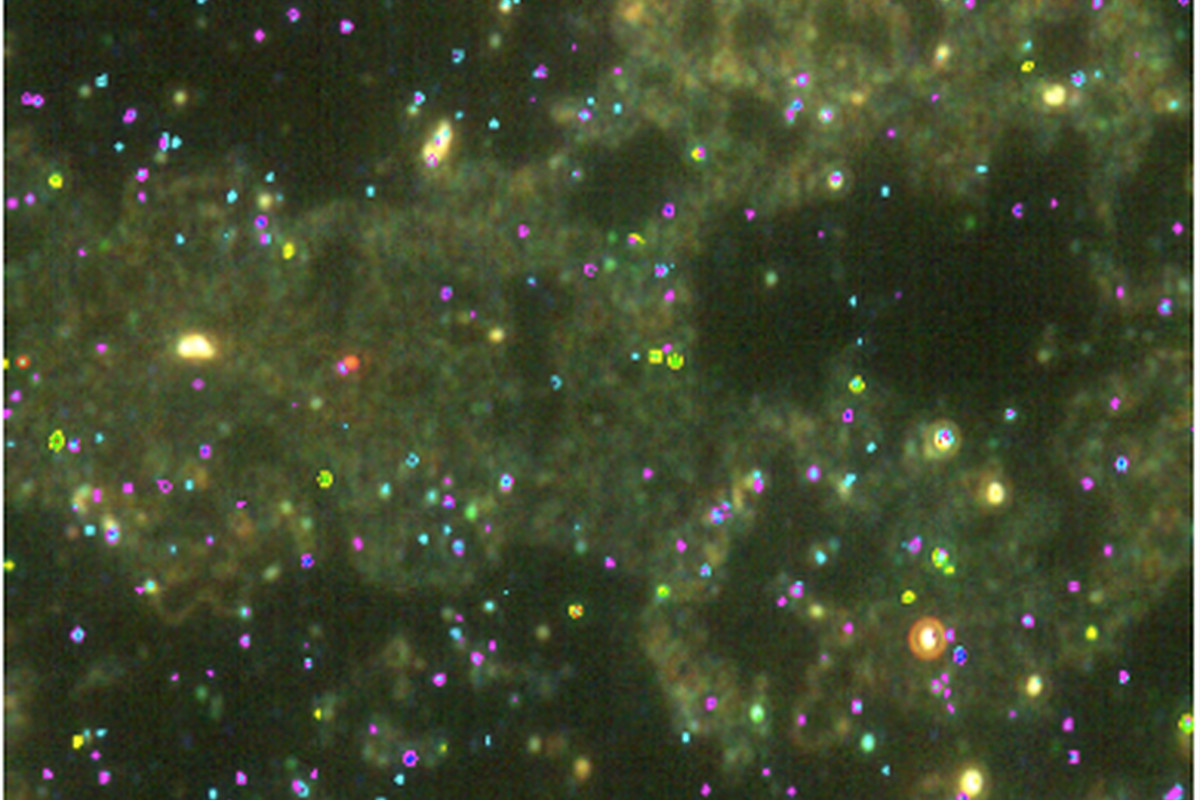

Sustainable Materials
Duke environmental engineers collaborate with scientists from the Duke Nicholas School of the Environment (#8 globally, U.S. News & World Report) and the Duke Superfund Research Center to focus on understanding current and emerging threats by materials to human and environmental health.
Duke faculty are realizing the benefits of new materials through applications in agriculture, energy, transportation, construction and public infrastructure while evaluating possible toxic effects to human health and the environment of materials and material-additives, as well as the life-cycle dimensions of material production, use and disposal. Our interdisciplinary work brings together expertise on ecotoxicology, geomechanics, environmental engineering, risk assessment and materials science.
The $29 million Center for Environmental Implications of Nanotechnology (CIENT), an international NSF-funded consortium, has contributed for over a decade much about what we know about how industrial nanomaterials affect complex natural environments. With support from the EPA and European Union, CEINT’s shared database, the “Nanoinformatics Knowledge Commons,” has been adopted as an international standard for continued research.
Our interdisciplinary work brings together expertise on ecotoxicology, geomechanics, environmental engineering, risk assessment and materials science.
The $5 million NIH-funded Duke Environmental Analysis Laboratory uses advanced analytical methods and computational resources to identify and characterize unknown chemicals in environmental samples and evaluate their impacts on human health. It serves as a key resource to ongoing and new environmental health research studies nationwide.
In the Duke Superfund Research Center, engineers partner with environmental scientists and physicians to study environmental exposures and their consequences. Duke faculty are also finding ways to clean up contaminated sites using innovative approaches that incorporate nanotechnology and biological agents. Other research includes NSF- and DOE-funded research into the separation and purification of essential materials for modern technologies.
Centers and Laboratories
- Center for Environmental Implications of Nanotechnology (CIENT) (Director, Mark Wiesner)
- Duke Environmental Analytical Chemistry Laboratory (Ferguson Lab)
- Duke Environmental Molecular Biotechnology Laboratory (Gunsch Lab)
- Duke Uncertainty Quantification in Computational Mechanics (Guilleminot Lab)
- Duke Superfund Research Center
- Hsu-Kim Research Group: Environmental Engineering
- Multiphysics Geomechanics Lab (MGlab)
- Stapleton Lab: Environmental Health
- Structural Dynamics and Seismic Response Control Laboratory (Gavin Group)









